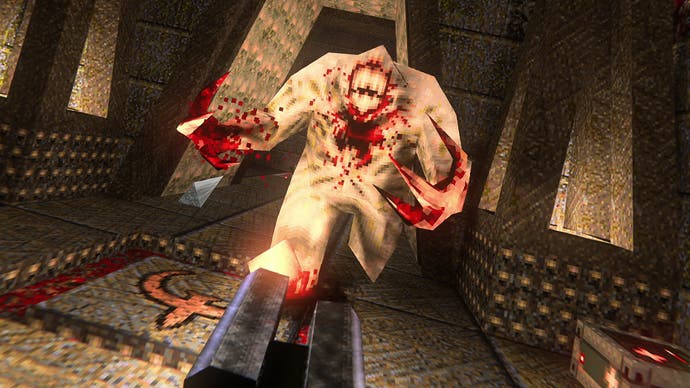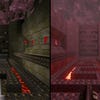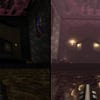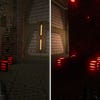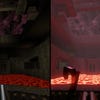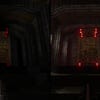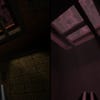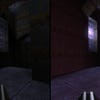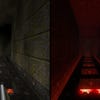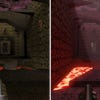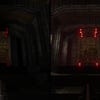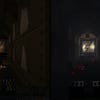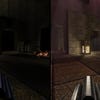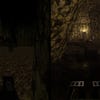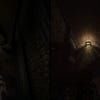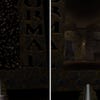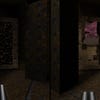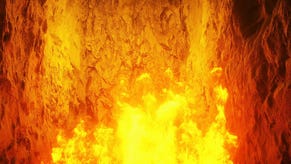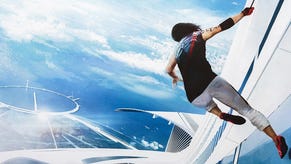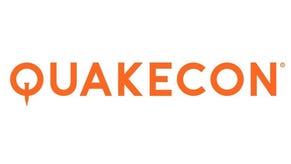The original Quake gets a ray tracing upgrade - and it's incredible
A PC mod that looks better than many full-price remasters.
The transformative power of ray tracing has proven itself across many different games but perhaps the most impressive upgrades come from revisiting older, classic PC titles, and a recent mod for the original Quake delivers frankly astonishing results. This is less a mod and more a full-on RT remaster for one of PC's finest games, arriving courtesy of Sultim Tsyrendashiev, the maker of path-traced renditions of Serious Sam and Doom, and who's currently working on RT Half-Life. Tsyrendashiev has taken the Vulkan port of Quake by id Software's Axel Gneiting and delivered something very, very special.
But first up, how do you get your hands on the modified game? Simply download the necessary files from the VKQuake-RT github page and merge them with the version of Quake you own per the instructions on the page. It's all relatively straightforward, but I do recommend making one small change to the instructions. DLSS and FSR2 are supported - and both deliver great results overall, by the way - but the recommended DLSS 2.4.0 should be swapped out for the earlier DLSS 2.2.6. Doing this eliminates blurring issues that kick in with the more recent rendition of Nvidia's machine-learning upscaling technology.
Beyond image reconstruction, gamers actually get two different RT implementations with this mod - a 'classic' option that looks more like the original game with some very nice ray-traced upgrades, alongside a full path-tracer, radically transforming the aesthetic of the game.
The classic renderer uses ray tracing for all the primary rendering of geometry, but the lighting is still processed through texture-based light maps like the original game, meaning you get similar lighting and ambience, with some intriguing RT effects: water surfaces are completely different, with RT reflections that show the full surroundings. You also get RT-specific view distortion effects when under water too. A really nice upgrade comes from the teleporters, which now show you the area you'll arrive in when you travel through, Portal-style.
The path-traced option offers a more radical transformation by leveraging path tracing for all of the game's lighting, full replacing light maps and the other tricks Quake used to simulate the look of light back in 1996. Indoor scenes are lit by torches and other small light sources, casting dynamic shadows from appropriate objects. As a part of this system, all muzzle flashes from gunfire cast light and shadows as well, leading to some pretty awesome moments in the dark, reminiscent of Doom 3. One of my favourite RT elements is the lightning gun, which casts light all along the surface of the lighting trail as it leaves the weapon's muzzle.
One of the biggest changes is the use of emissive lighting surfaces, something only possible with RT. Teleporter pads with their little red lights cast light and shadows on nearby surfaces - confirming that coloured lighting is also added, something missing from the original Quake. Lava is an emissive light source too, of course, dramatically transforming many scenes.
More impactful still is that the sky itself is an emissive light source, so that iconic purple skybox now casts literal purple hued light onto the world below, an incredible effect augmented by the injection of frustum-aligned voxel fog, which can also be lit. The voxel grid is a bit coarse, so you can see liasing in the volumetric fog, but it looks good enough and if you do not like it, you can separately disable it in the options menu, reverting to a generic distance fog - or no fog at all.
One of the more controversial changes I would say comes from the change to the hazardous chemical pools in the game: in the original they are green/brown textures but here, they're transformed into a super-bright neon teal. Yes, it's more clearly signposted that it's a hazardous material, but it looks somewhat overbearing in some environments, where I imagine a less intense and more muted off-green would fit the mood better.
Other gripes? When the lights go out suddenly, there's an extended after-image of the lit scene that gradually blends away, which looks rather awkward. Another issue concerns some surfaces that have a reflective element. The specular lighting updates very slowly, meaning that muzzle flashes from weapons fire persist for some time. It's very strange-looking. The final issue is that scenes that lack a lot of direct lighting have a speckled look, as the denoiser can only do so much given the low lighting conditions. So, there are some issues for sure - but nothing that tarnishes the overall quality of the presentation. Ultimately, describing the RT effects is not replacement for seeing them in action, so please watch the video embedded above.

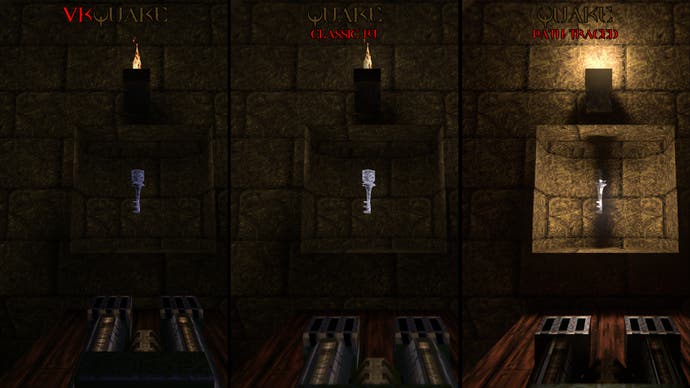
Performance-wise, it's interesting to see that both classic and path-traced renderers have only a margin of error difference in frame-rate (you can swap between them at any time with a touch of a button, which may help to explain why) and there's not much to tweak settings-wise - so adjusting resolution and by extension, using image reconstruction techniques like FSR2 and DLSS2 are the way forward. Moving from from native 4K to 4K DLSS quality mode on an RTX 4090 improves performance by nearly 100 percent, with similar near-linear scaling as you move down to performance and ultra performance modes. Image reconstruction helps a great deal here to the point where an RTX 2060 achieves a locked 1080p60 with GPU headroom to spare using DLSS quality mode.
An RTX 3080 gets you to 4K60 locked in DLSS quality mode, but even using FSR2 performance mode, AMD's RX 6800 XT had some unfortunate frame-rates issues. At native resolution, the RTX 3080 offers twice the performance of the RX 6800 XT - not completely unexpected with a path-traced workload like this - but given the disparity at native resolution, I really would have expected to see 4K FSR2 performance mode deliver 60fps on the higher-end RDNA 2 cards, so I think the AMD side of things may need some work.
In summary, this path-traced version of Quake is an incredible way to revisit the game - it's fun for newcomers too, and for those interested in RT generally. Put simply, a classic PC title gets a phenomenal upgrade and if you have the means, I highly recommend checking it out.
